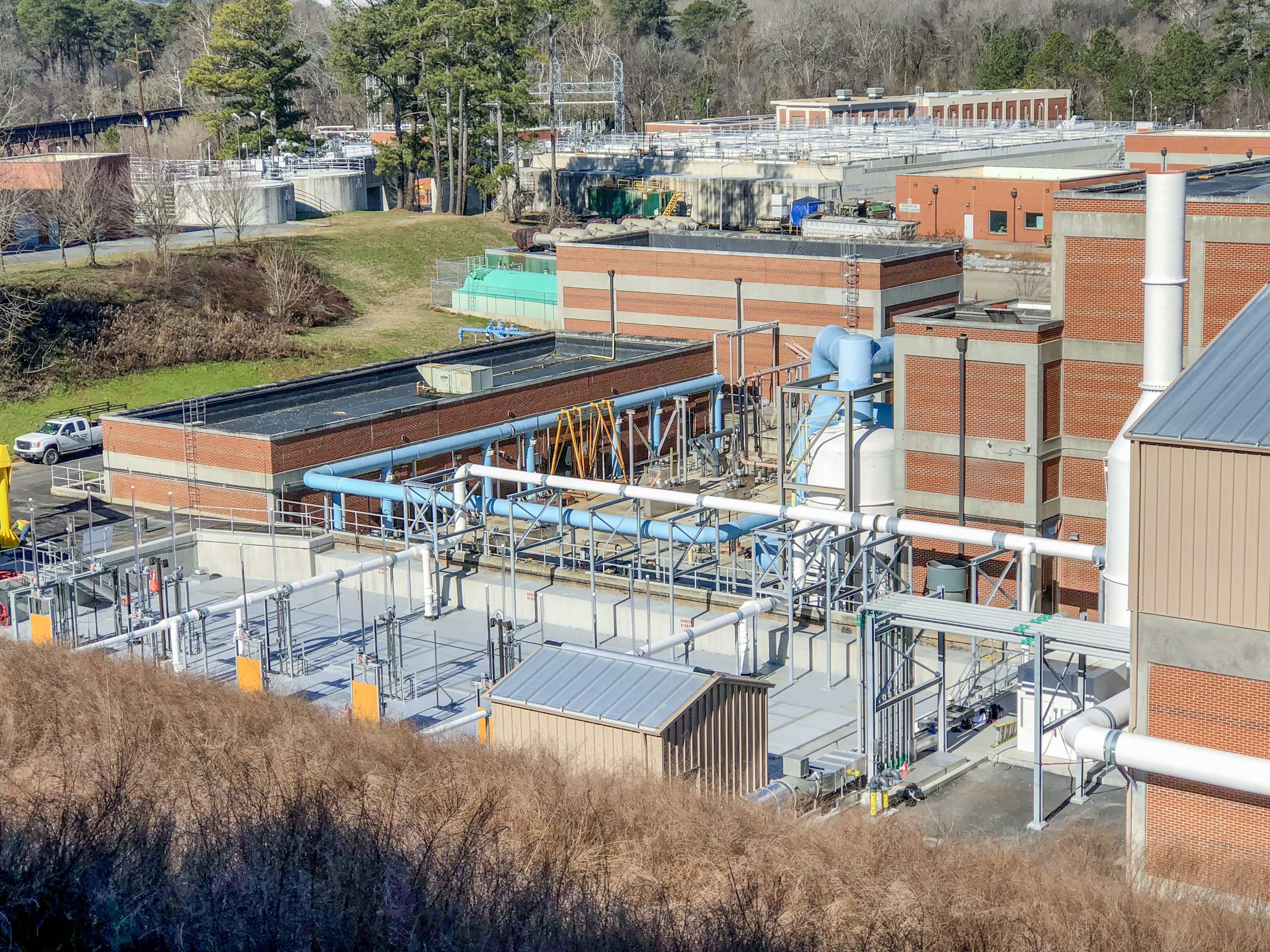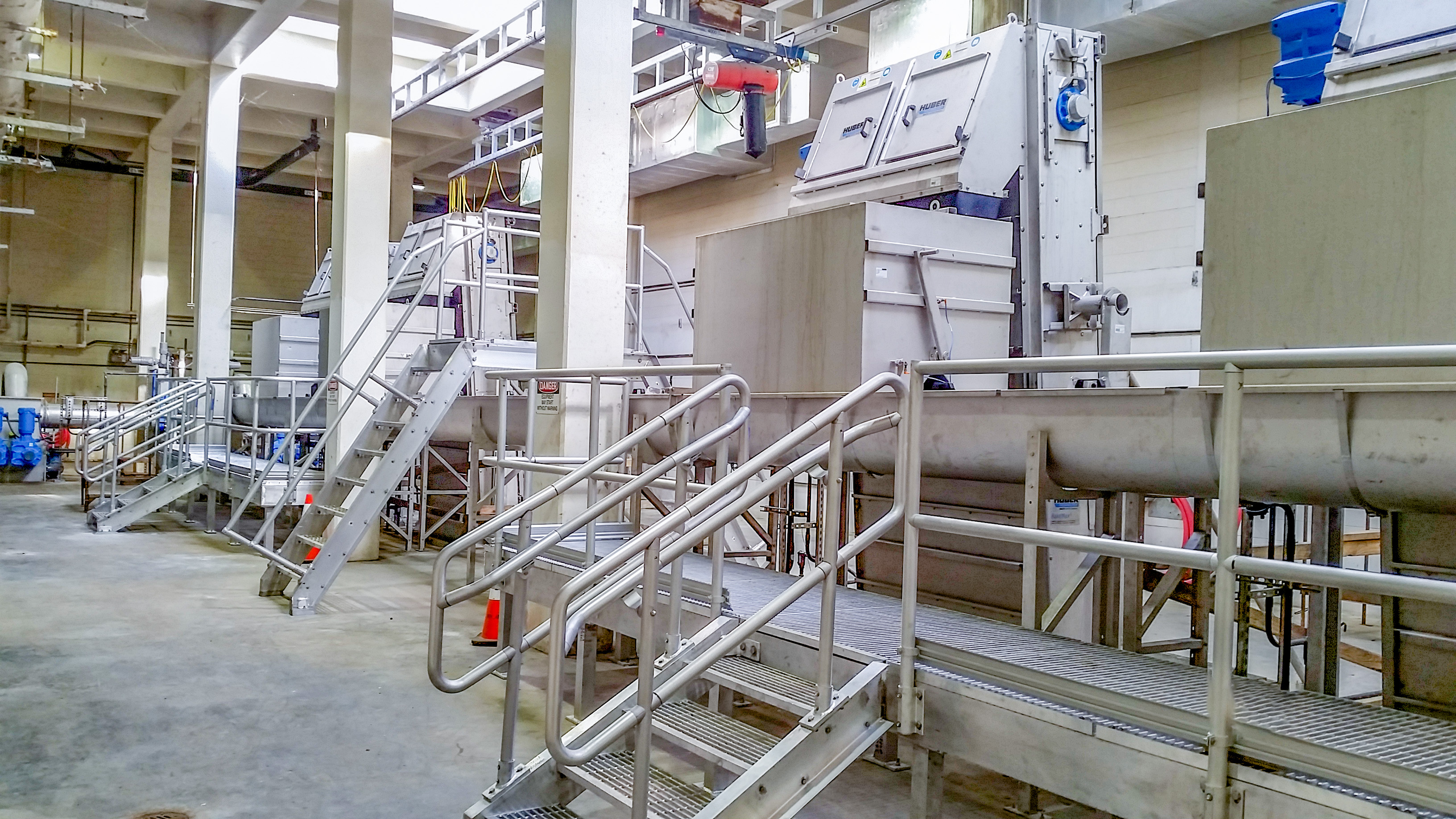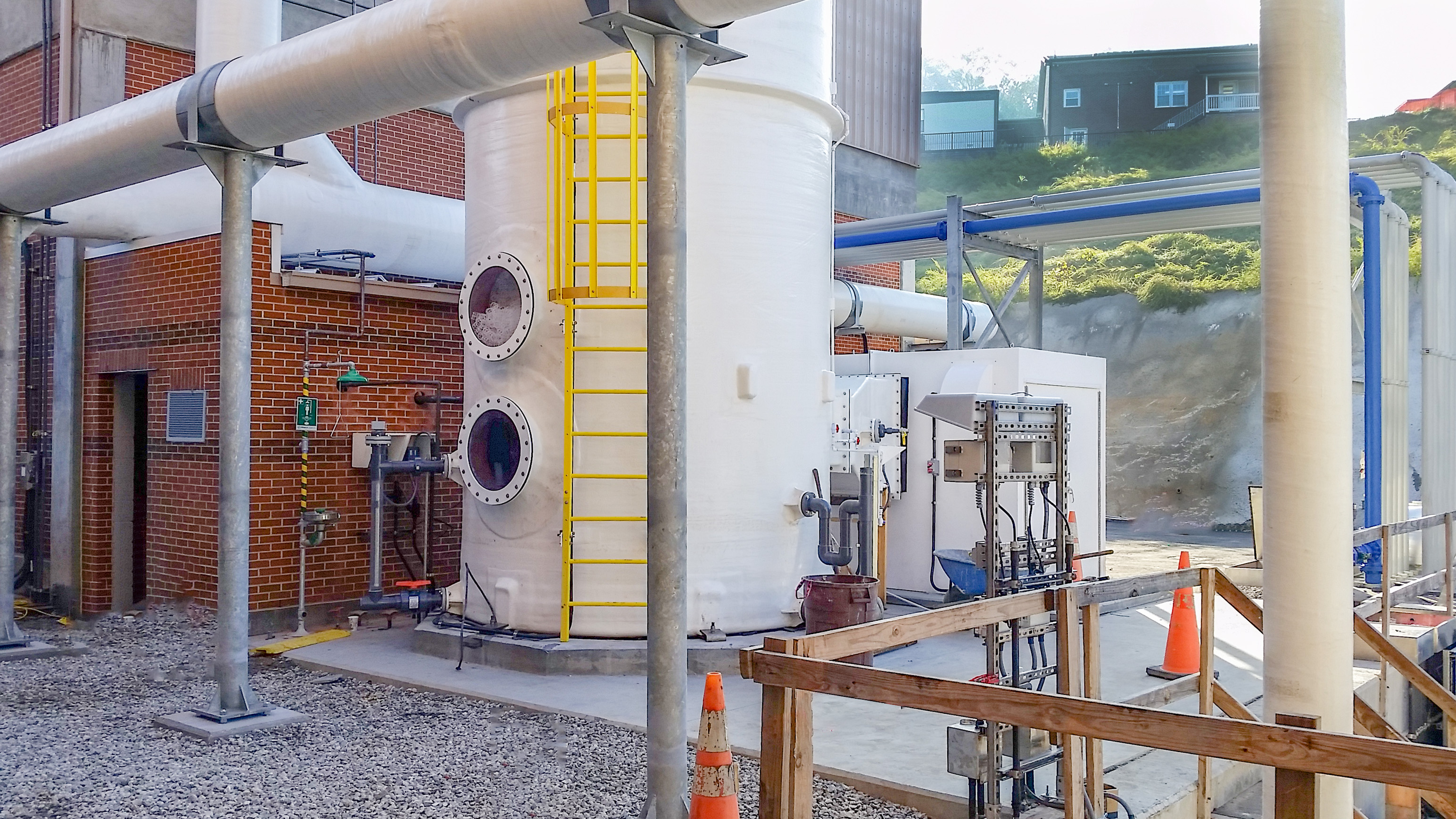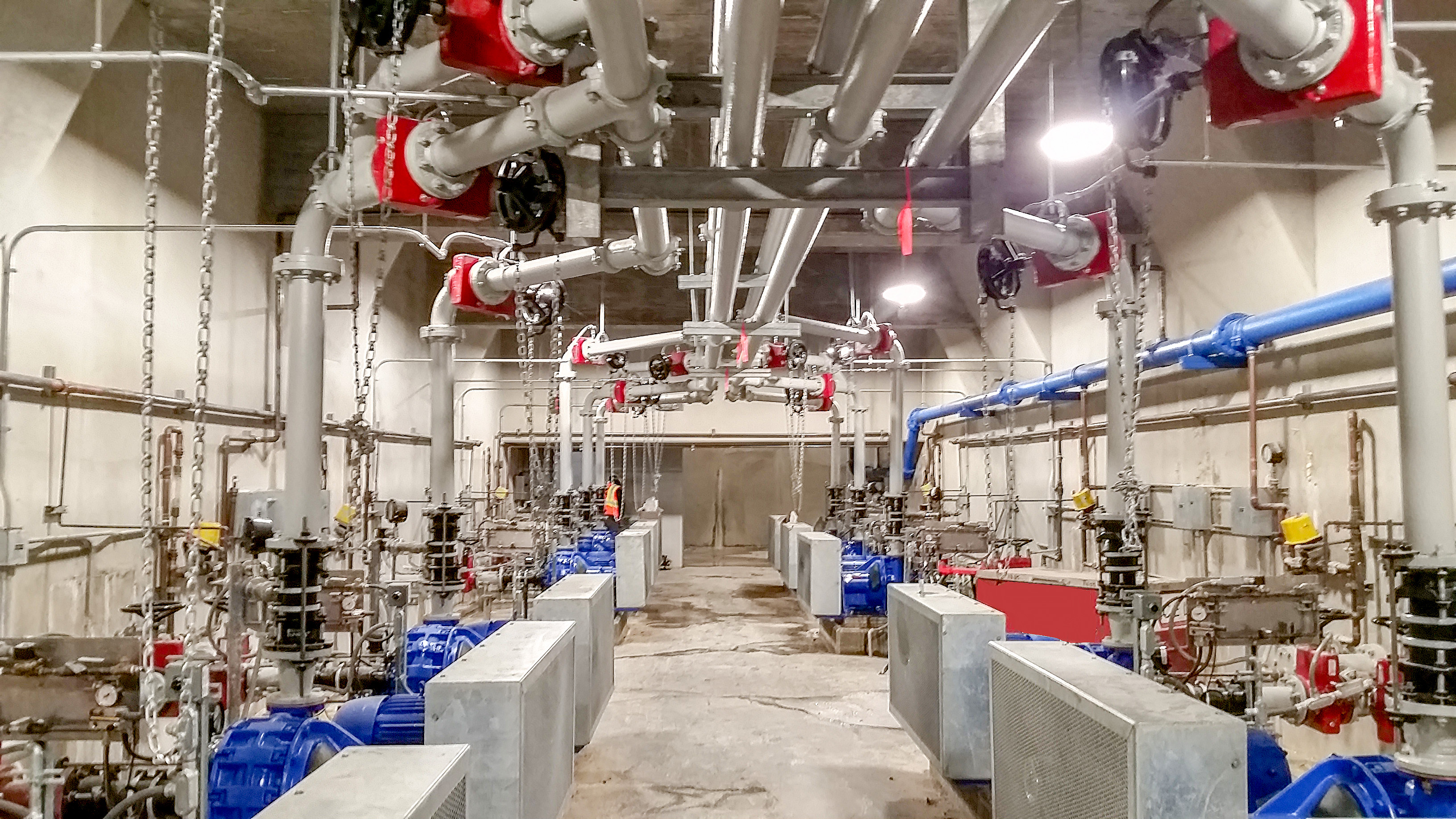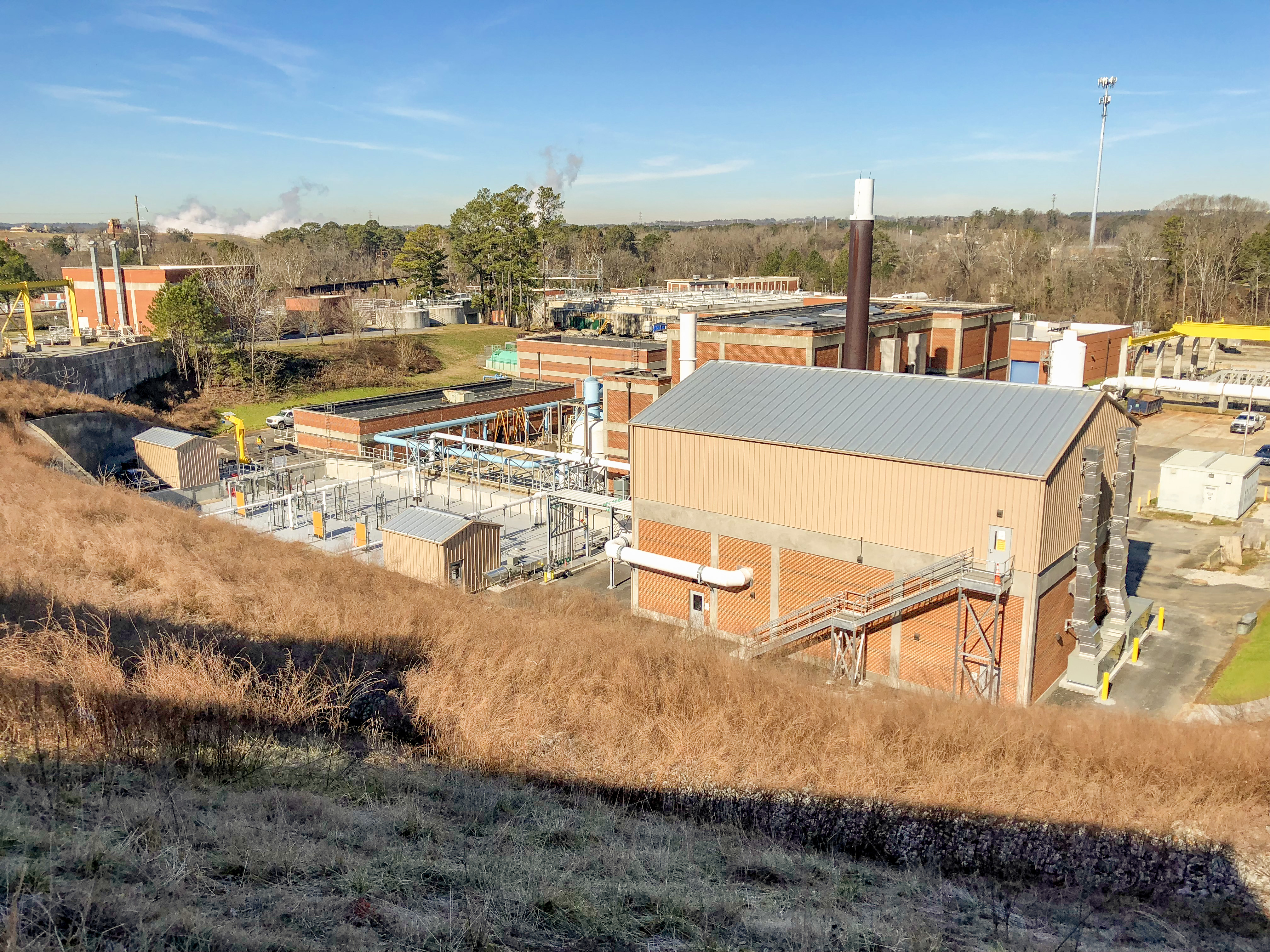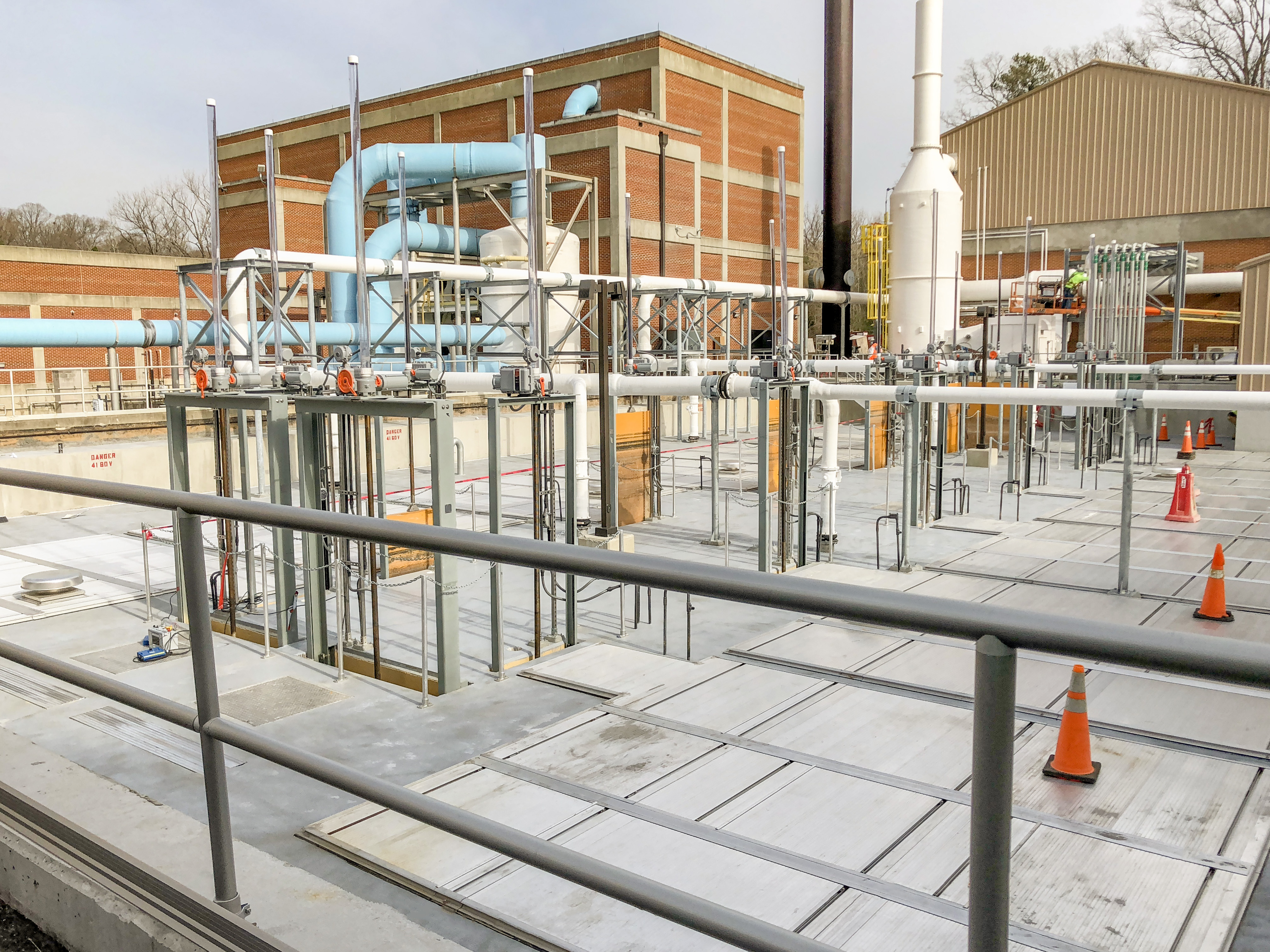Located in northwest Atlanta along the Chattahoochee River, RM Clayton Water Reclamation Center (WRC) was experiencing chronic grit-removal issues that required urgent upgrades to its headworks facility, which serves as the plant’s first line of defense in wastewater treatment. As part of the BGR2 joint venture team, Gresham Smith identified inefficiencies in the facility’s existing grit removal and screening system, recommending a new technology solution that helped one of the largest water treatment plants in the southeastern United States optimize downstream treatment and improve long-term compliance.
$56M
project
320 mgd
peak-instantaneous flow
95%
grit removal
